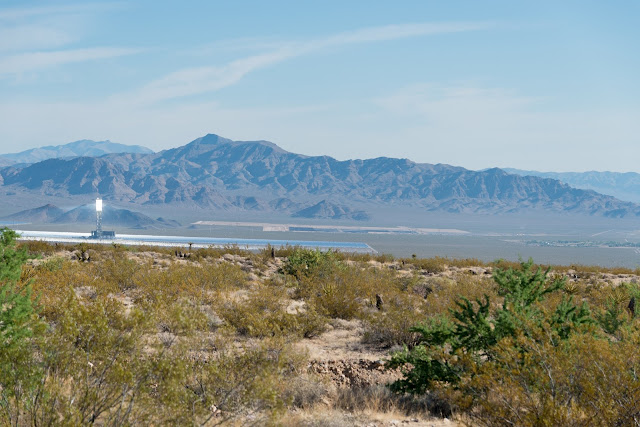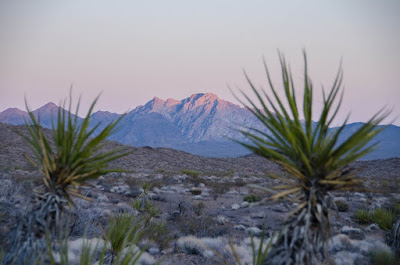Speak Up for Our Monuments

The Department of Interior is soliciting public comments on our national monuments as it considers potential steps to revoke or undermine protections for these natural treasures. All you have to do is visit the Regulations.gov website here and express your support for the monuments under review, ranging from Mojave Trails to Bears Ears. You can write a sentence, or you can attach a document with more detailed comments. Any comment helps! Here is what I submitted: Dear Secretary Zinke: I am an outdoor enthusiast and father of a one-year-old daughter who I hope will have the same opportunities that I and our ancestors have had to enjoy the natural beauty of America. I am writing in support of our national monuments; each of the monuments currently under review should be protected for future generations to enjoy. I believe that the public statements made by President Trump in support of altering monuments at the signing of Executive Order 13792 establishes a presump





